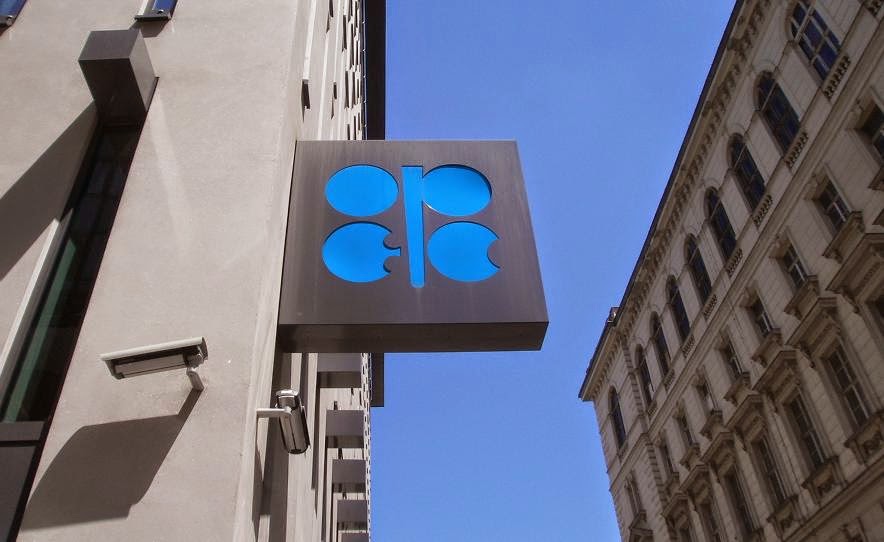 President Vladimir Putin and what colours his vision of modern Russia are under the spotlight like never before. As Ukraine burns and western sanctions hit the Kremlin, Russia’s president remains defiant spewing yet stronger nationalistic rhetoric with a coterie of supporters in tow. Many would find internal politics in Putin’s Russia to be fascinating and repugnant in equal measure.
President Vladimir Putin and what colours his vision of modern Russia are under the spotlight like never before. As Ukraine burns and western sanctions hit the Kremlin, Russia’s president remains defiant spewing yet stronger nationalistic rhetoric with a coterie of supporters in tow. Many would find internal politics in Putin’s Russia to be fascinating and repugnant in equal measure.
Yet, in order to understand the present, a past occurrence – the downfall of Yukos and its former chief Mikhail Khodorkovsky – would be a good starting point. In his latest work published by I.B. Tauris, academic Richard Sakwa not only describes the episode in some detail but also contextualises power struggles and insecurities that shaped one of the most controversial episodes in contemporary Russia.
This book isn’t merely Khodorkovsky's story from an unceremonious arrest in 2003 to a surprising release in December 2013. Rather, the author has taken that backdrop to give the readers an insight into the beginning and subsequent evolution of ‘Putinism’ as we know it.
In just under 300 pages split by 12 chapters, Sakwa, an expert on Russian affairs with half a dozen works under his belt, has portrayed the event as an extraordinary confrontation between the two great forces of modernity – the state and the market – with Putin and Khodorkovsky as antagonists.
“It was about their associated conceptions of freedom and at the same time – a struggle for Russia,” he writes. Putin’s determination to clip Khodorkovsky’s petrodollar powered wings marked a turning point. The oligarch’s controversial trial(s) attracted widespread international condemnation and ended in one of the world's richest and most powerful men becoming the state's prisoner.
Far-reaching political and economic consequences in its wake left an indelible black mark about the quality of freedom in Putin's Russia. It also laid bare the complex connection between the Kremlin and big business during Russia's troubling transformation from a planned economy during the Soviet era to capitalism.
Being an outsider, it is easy to feel sympathetic towards Khodorkovsky and castigate the Russian way. However, by not overtly romanticising Khodorkovsky's resistance to Putin’s view of modern Russia, Sakwa paints a convincing picture of how the oligarch turned prisoner himself was no stranger to the contradictory essence of the country's democratic evolution.
As the author notes, Khodorkovsky was not only Putin’s antagonist, but also at the same time a protagonist of the contradictions that the president's regime reflected. Ultimately, it all leads on to how subversion of law and constitutionality has become commonplace in today’s Russia.
While the said subversion started taking hold in post-Soviet Russia, and Khodorkovsky most certainly used it to his advantage when it suited him; it was the oligarch’s ultimate downfall that made the state of affairs manifestly obvious beyond the country’s borders. It resonates today with Putin’s modus operandi as entrenched as ever.
Through his brilliant, balanced description of a key episode in Russia’s rise towards becoming an oil and gas powerhouse, Sakwa has charted a warning from history on what to expect and where it might lead. The Oilholic would be happy to recommend Putin and the Oligarch to energy analysts, those interested in geopolitics, Russia, Yukos Affair or the oil world at large.
To follow The Oilholic on Twitter click here.
To follow The Oilholic on Google+ click here.
To follow The Oilholic on Forbes click here.
To email: gaurav.sharma@oilholicssynonymous.com
© Gaurav Sharma 2014. Photo: Front Cover – Putin and the Oligarch: The Khodorkovsky-Yukos Affair © I.B. Tauris, February 2014.






